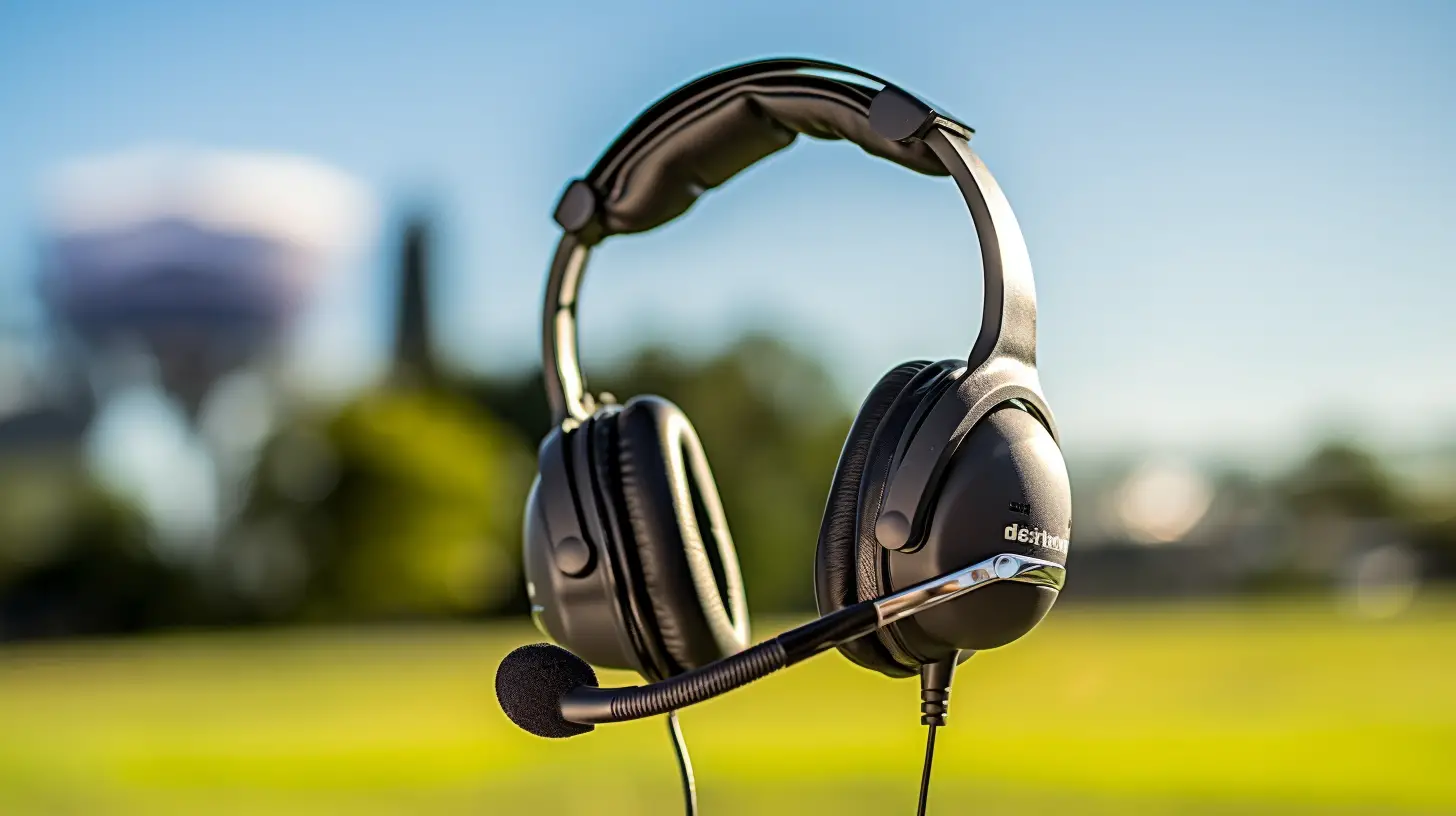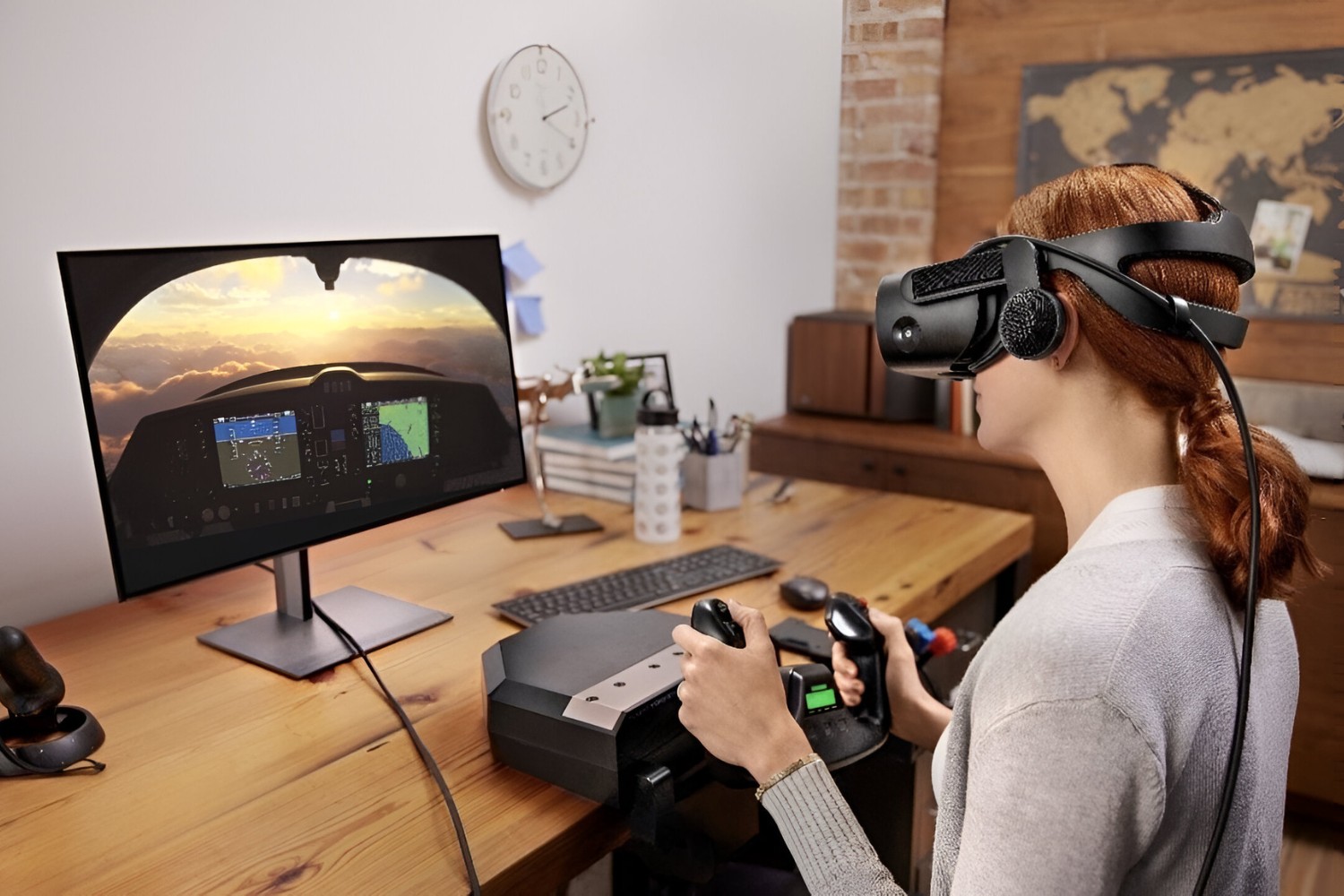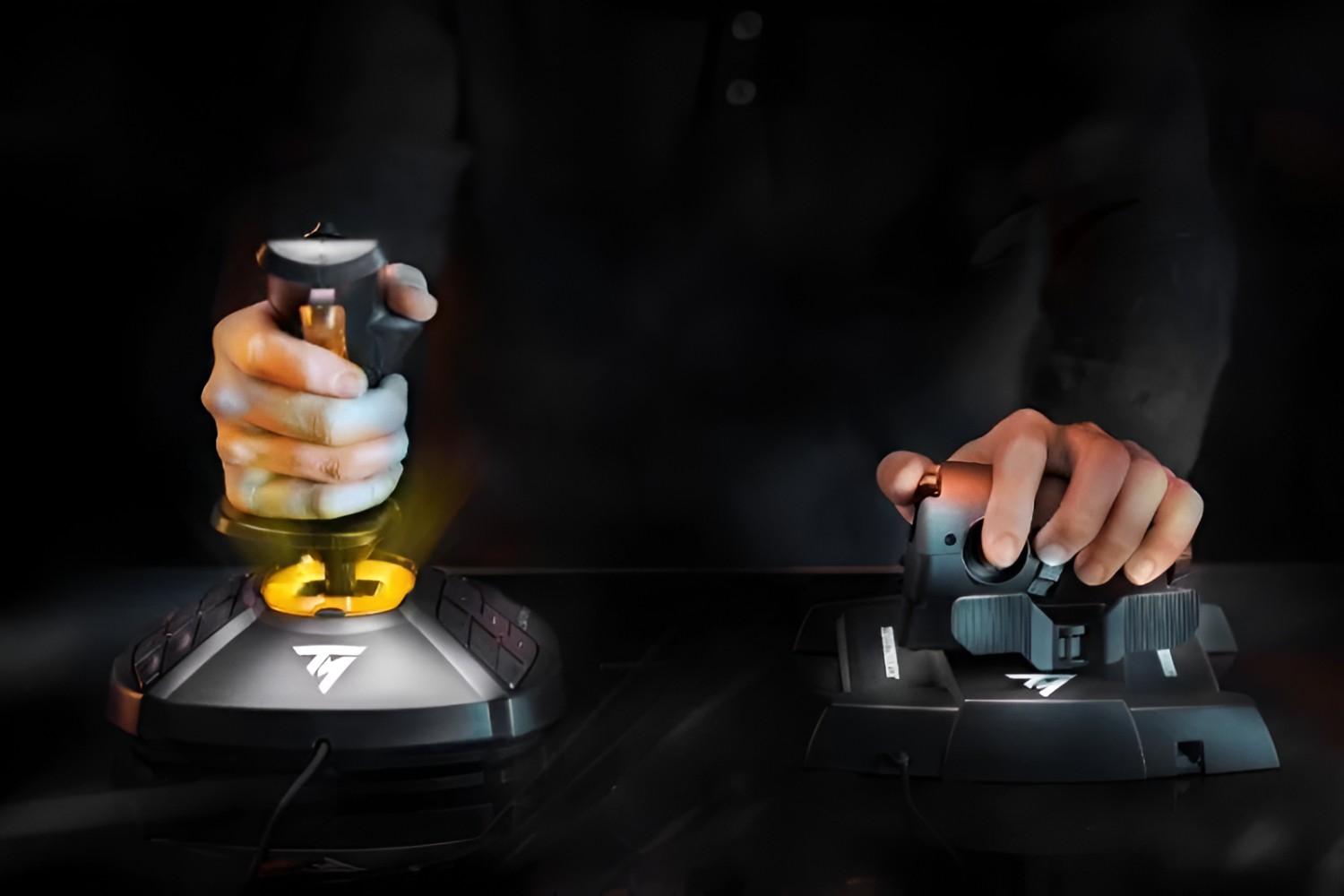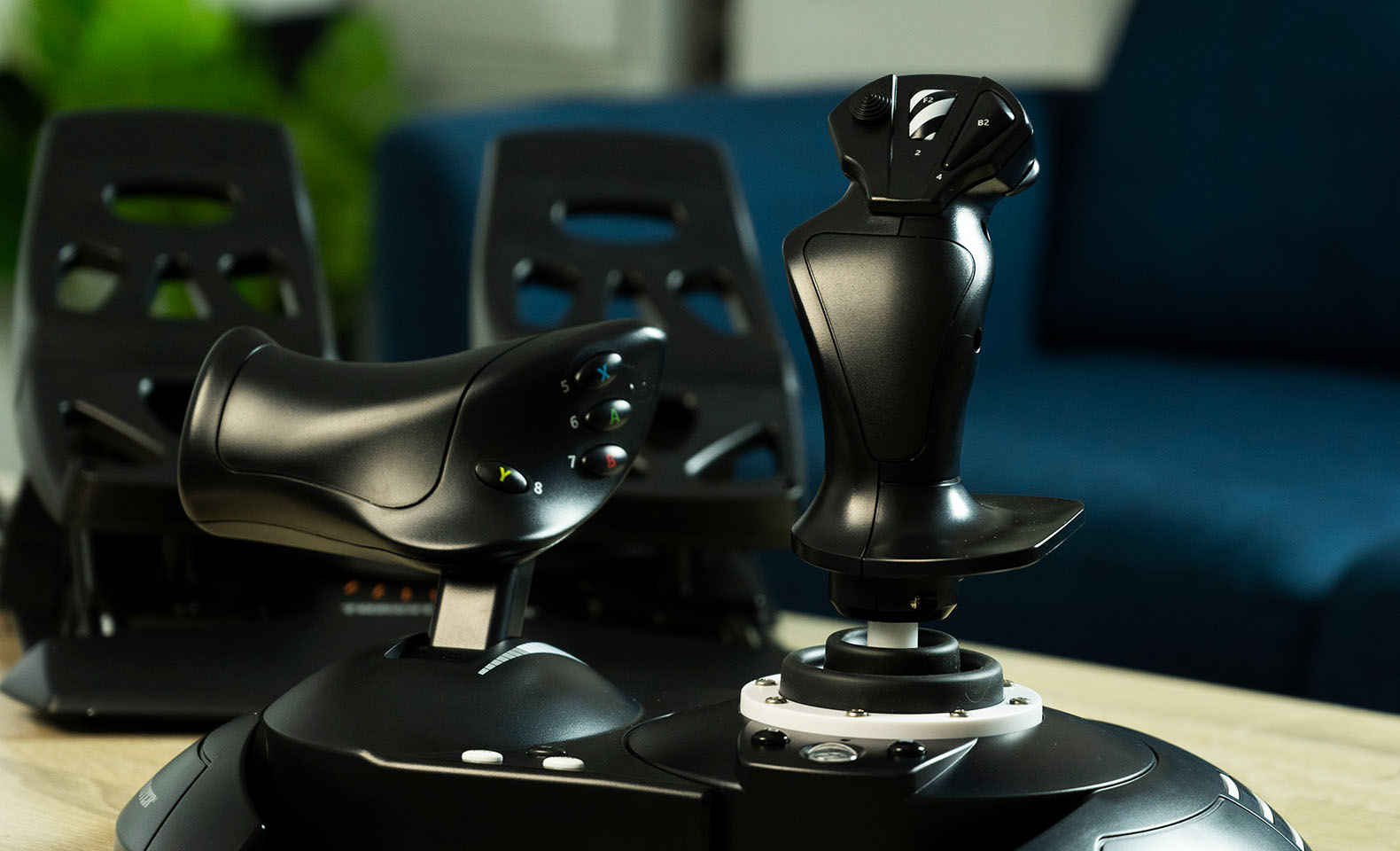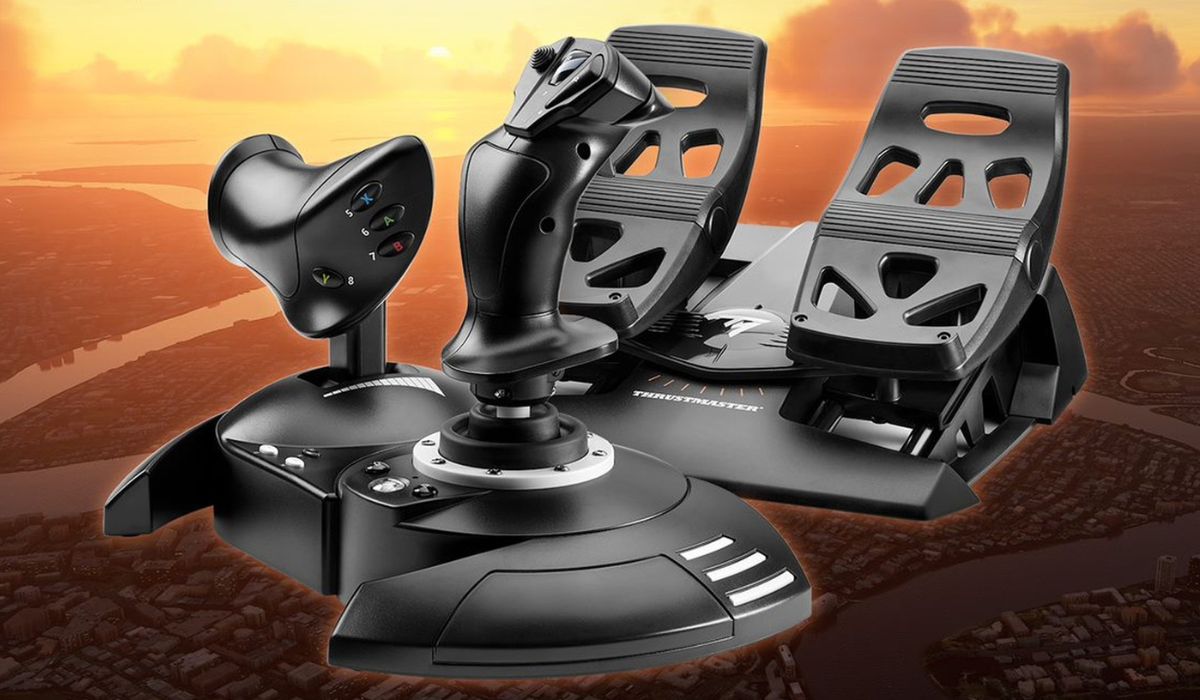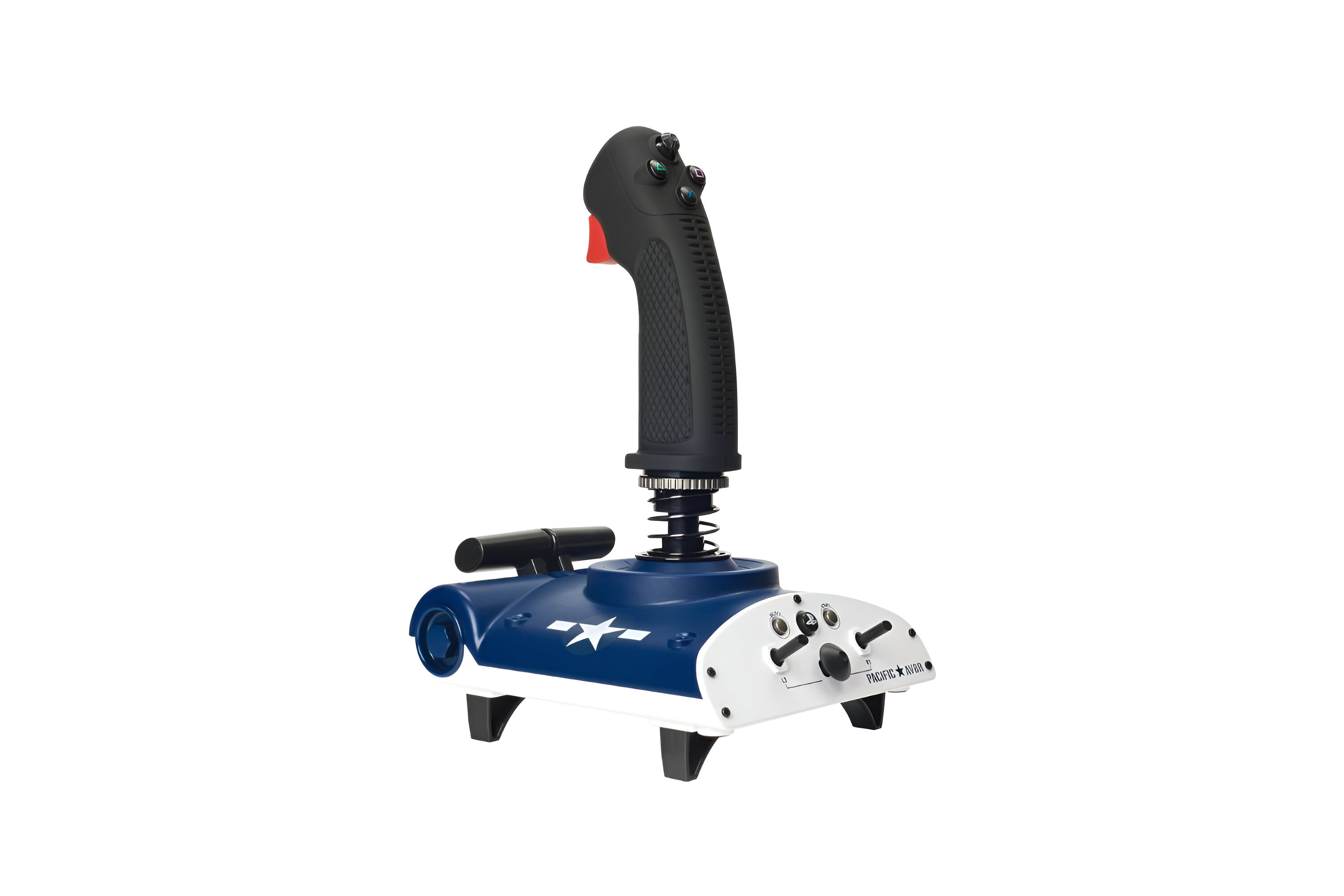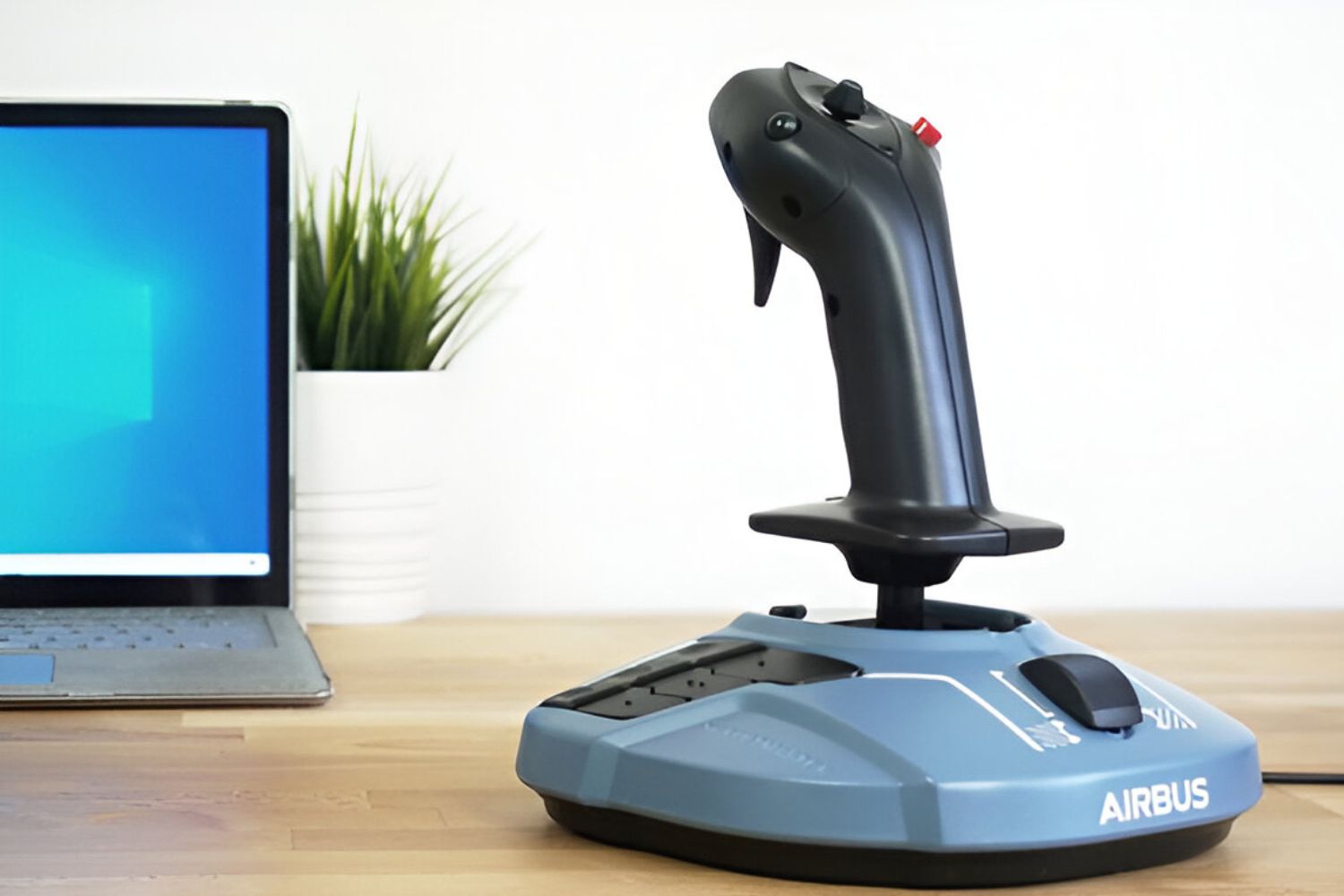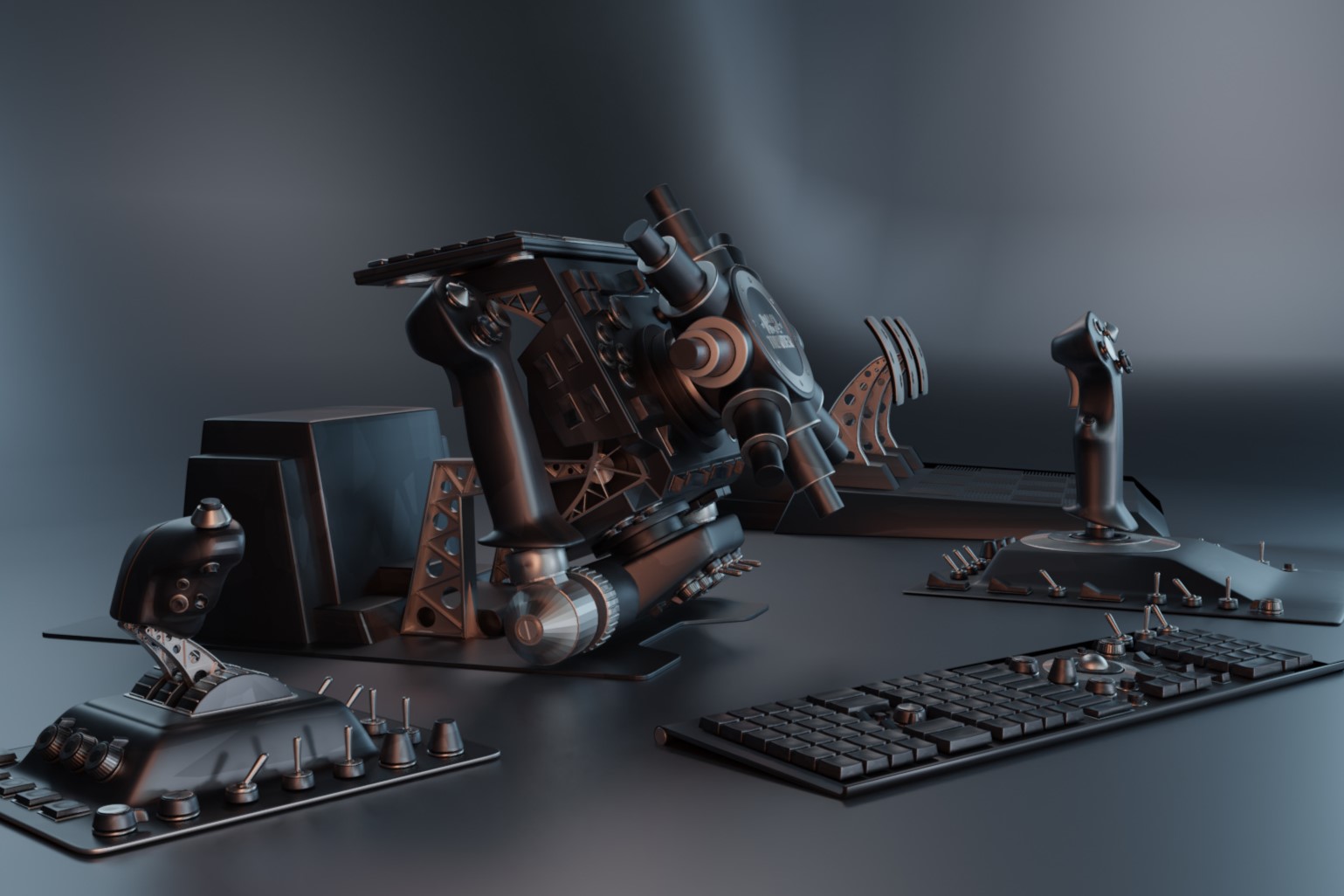Introduction
Aviation headsets are essential tools for pilots, providing crucial communication and noise-canceling capabilities during flights. Whether soaring through the skies in a small private plane or navigating a commercial airliner, pilots rely on these headsets to communicate clearly with air traffic control and fellow crew members while minimizing the impact of engine noise and other distractions. As technology continues to advance, the market is flooded with a wide array of aviation headsets, each boasting unique features and benefits. Navigating this sea of options can be daunting, especially for those new to the world of aviation or seeking to upgrade their existing equipment.
In this comprehensive guide, we will delve into the intricate world of aviation headsets, exploring the diverse types available, the key factors to consider when selecting the right headset, and the top features that set exceptional headsets apart. Additionally, we will highlight some of the best aviation headsets currently on the market, providing valuable insights to aid pilots and aviation enthusiasts in making informed decisions.
Whether you are a seasoned pilot seeking to elevate your in-flight experience or an aspiring aviator looking to invest in your first high-quality aviation headset, this guide will equip you with the knowledge and understanding needed to make a well-informed choice. So, fasten your seatbelt, adjust your headset, and get ready to embark on a journey through the skies of aviation headsets.
Understanding the Different Types of Aviation Headsets
Aviation headsets come in various types, each designed to cater to specific needs and preferences of pilots. Understanding the differences between these types is crucial when choosing the most suitable headset for a particular flying environment. Here are the main types of aviation headsets:
-
Passive Noise Reduction (PNR) Headsets: These headsets are equipped with soundproofing materials and ear cups to reduce ambient noise. They are a cost-effective option for pilots flying in relatively quiet environments or for those who do not require advanced noise-canceling technology.
-
Active Noise Reduction (ANR) Headsets: ANR headsets feature advanced noise-canceling technology that actively reduces low-frequency noise, such as engine rumble, providing a quieter and more comfortable flying experience. This type of headset is popular among pilots flying in noisy cockpits or for extended periods.
-
Bluetooth-Enabled Headsets: Bluetooth-enabled headsets allow pilots to connect wirelessly to communication devices, such as smartphones or tablets, without the hassle of cords. This feature provides added convenience and flexibility during flights.
-
Helicopter Headsets: Specifically designed for helicopter pilots, these headsets are engineered to withstand the unique challenges of helicopter flight, such as increased vibration and noise levels. They often feature boom microphones and other specialized components tailored to the helicopter environment.
-
In-Ear Headsets: In-ear aviation headsets are lightweight and compact, fitting snugly inside the ear canal. They are ideal for pilots seeking a minimalist design and a more natural feel during flight.
-
Military-Grade Headsets: Built to meet rigorous military standards, these headsets are designed for use in high-noise environments and offer exceptional durability and performance. They are suitable for both military and civilian pilots operating in demanding conditions.
Understanding the distinctions between these types of aviation headsets is essential for making an informed decision. Pilots must consider their specific flying requirements, comfort preferences, and budget constraints when choosing the most suitable headset for their aviation endeavors. Each type offers unique benefits and features, catering to the diverse needs of pilots across different flying environments and aircraft types.
Factors to Consider When Choosing an Aviation Headset
When selecting an aviation headset, several crucial factors must be taken into account to ensure that the chosen headset meets the specific needs and preferences of the pilot. These factors play a pivotal role in determining the overall comfort, performance, and functionality of the headset during flight. Here are the key considerations to keep in mind when choosing an aviation headset:
1. Noise Reduction Capability
The ability of the headset to effectively reduce ambient noise is paramount, especially in noisy cockpit environments. Active Noise Reduction (ANR) headsets are renowned for their superior noise-canceling technology, making them an excellent choice for pilots seeking a quieter and more focused in-flight experience. However, for pilots operating in quieter environments, a Passive Noise Reduction (PNR) headset may suffice, offering adequate noise reduction at a more affordable price point.
2. Comfort and Fit
Comfort is a critical aspect of any aviation headset, as pilots often wear them for extended periods. The headset should fit snugly without causing discomfort or pressure points, allowing for prolonged use without fatigue. Adjustable headbands, cushioned ear seals, and lightweight designs contribute to overall comfort, ensuring that the headset remains comfortable throughout long flights.
3. Durability and Build Quality
Aviation headsets are subjected to rigorous use and must withstand the demands of the aviation environment. Pilots should prioritize headsets constructed from high-quality materials, such as reinforced plastics and durable metals, to ensure longevity and resilience. Additionally, components such as robust cables and reliable connectors are essential for ensuring the durability of the headset.
4. Communication Clarity
Clear and effective communication is essential during flight operations. The headset's microphone and audio quality are pivotal in facilitating seamless communication with air traffic control and other crew members. Pilots should prioritize headsets with high-quality microphones and clear audio output to ensure effective communication, especially in busy airspace or adverse weather conditions.
5. Compatibility and Connectivity
The compatibility of the headset with aviation communication systems and aircraft intercoms is crucial. Pilots should ensure that the chosen headset is compatible with their aircraft's communication systems and features seamless connectivity. Additionally, for enhanced versatility, Bluetooth-enabled headsets offer wireless connectivity to external devices, providing added convenience during flights.
6. Cost and Value
While cost is a significant consideration, pilots should prioritize the overall value offered by the headset. Investing in a high-quality aviation headset that meets specific requirements and offers long-term durability and performance can outweigh the initial cost. Balancing cost with the features and benefits provided by the headset is essential in making a well-informed investment.
Considering these factors when choosing an aviation headset empowers pilots to make informed decisions, ensuring that the selected headset aligns with their unique flying requirements and enhances their overall in-flight experience. By evaluating these critical aspects, pilots can confidently select a headset that combines comfort, performance, and functionality, elevating their aviation endeavors to new heights.
Top Features to Look for in an Aviation Headset
When evaluating aviation headsets, several key features distinguish exceptional headsets from their counterparts. These features not only contribute to the overall comfort and performance of the headset but also play a crucial role in enhancing the pilot's in-flight communication and situational awareness. Understanding and prioritizing these features can guide pilots in selecting a headset that aligns with their specific needs and delivers an unparalleled flying experience.
-
Advanced Noise-Canceling Technology: The inclusion of advanced Active Noise Reduction (ANR) technology sets top-tier aviation headsets apart. ANR headsets are equipped with sophisticated circuitry that actively reduces low-frequency noise, such as engine rumble, creating a quieter and more serene cockpit environment. Pilots operating in noisy aircraft or high-traffic airspace can benefit significantly from the superior noise-canceling capabilities of ANR headsets, allowing for improved focus and communication clarity.
-
Comfort-Optimized Design: Exceptional aviation headsets prioritize comfort through thoughtful design elements. Features such as plush, breathable ear seals, adjustable headbands, and lightweight construction contribute to extended wear comfort, ensuring that pilots remain at ease during long flights. A well-designed and ergonomically crafted headset minimizes fatigue and discomfort, enabling pilots to stay focused and alert throughout their missions.
-
Crystal-Clear Audio Quality: Clear and crisp audio transmission is fundamental for effective communication in the cockpit. High-quality aviation headsets boast superior audio output, ensuring that pilots receive and transmit communications with utmost clarity. Additionally, noise-canceling microphones with advanced voice clarity technology enhance the intelligibility of transmitted speech, facilitating seamless interaction with air traffic control and fellow crew members.
-
Bluetooth Connectivity: The integration of Bluetooth technology in aviation headsets offers added convenience and versatility. Bluetooth-enabled headsets allow pilots to wirelessly connect to external devices, such as smartphones, tablets, or aviation apps, without the constraints of traditional wired connections. This feature enables pilots to seamlessly access critical information and communication resources while maintaining focus on flying tasks.
-
Intuitive Audio Controls: Top aviation headsets feature intuitive and easily accessible audio controls, allowing pilots to adjust volume levels, manage audio inputs, and activate key functions with minimal effort. Well-positioned and tactile controls enhance operational convenience, enabling pilots to make quick adjustments without distraction, thereby optimizing their in-flight experience.
-
Reliable Build Quality: Durability and reliability are paramount in aviation headsets, especially in demanding flight environments. Headsets constructed from robust materials, reinforced cables, and reliable connectors are essential for long-term performance and resilience. Pilots should prioritize headsets with a proven track record of durability, ensuring that the headset can withstand the rigors of regular use and varying cockpit conditions.
By prioritizing these top features, pilots can identify and select aviation headsets that not only meet their immediate needs but also enhance their overall flying experience. Whether seeking advanced noise-canceling capabilities, superior comfort, or seamless connectivity, these features serve as benchmarks for evaluating and choosing high-quality aviation headsets that elevate the standards of in-flight communication and pilot comfort.
Best Aviation Headsets on the Market
When it comes to the best aviation headsets on the market, several standout models have garnered acclaim for their exceptional performance, advanced features, and unparalleled comfort. These top-tier headsets have been meticulously engineered to meet the diverse needs of pilots across various flying environments, setting new benchmarks for in-flight communication and noise reduction. Let's explore some of the leading aviation headsets that have earned accolades for their outstanding capabilities:
1. Bose A20 Aviation Headset
The Bose A20 Aviation Headset is renowned for its industry-leading noise-canceling technology, delivering an unparalleled level of quietness in the cockpit. Equipped with advanced Active Noise Reduction (ANR) capabilities, this headset minimizes ambient noise, allowing pilots to focus on critical communications with exceptional clarity. The A20 also features plush ear cushions, a lightweight design, and intuitive audio controls, ensuring long-lasting comfort and operational convenience during extended flights.
2. Lightspeed Zulu 3 Aviation Headset
The Lightspeed Zulu 3 Aviation Headset has garnered widespread acclaim for its superior comfort and innovative features. Boasting proprietary ANR technology, this headset effectively reduces cockpit noise while providing exceptional audio clarity. Its plush ear seals, magnesium ear cups, and customizable fit contribute to a fatigue-free wearing experience, making it an ideal choice for pilots seeking long-term comfort without compromising on performance.
3. David Clark ONE-X ANR Aviation Headset
The David Clark ONE-X ANR Aviation Headset is revered for its premium build quality and advanced noise reduction capabilities. Engineered with hybrid electronic noise cancellation, this headset delivers outstanding audio performance in high-noise environments, enhancing communication effectiveness during flights. Its rugged construction, leatherette head pad, and swivel hinge stirrups exemplify durability and comfort, making it a reliable companion for pilots in demanding aviation scenarios.
4. Sennheiser S1 Digital Aviation Headset
The Sennheiser S1 Digital Aviation Headset stands out for its cutting-edge technology and exceptional sound reproduction. Featuring adaptive noise cancellation and digital audio processing, this headset offers a personalized listening experience, adapting to varying noise levels in the cockpit. With its ergonomic design, memory foam ear pads, and intuitive user interface, the S1 Digital prioritizes both comfort and technological innovation, catering to the discerning needs of modern aviators.
5. AKG AV100 Aviation Headset
The AKG AV100 Aviation Headset is celebrated for its combination of premium audio performance and ergonomic design. Equipped with hybrid Active Noise Reduction, this headset effectively suppresses ambient noise while delivering high-fidelity audio output. Its lightweight construction, breathable ear cushions, and foldable design exemplify portability and comfort, making it an appealing choice for pilots seeking a balance of performance and convenience.
These top aviation headsets represent the pinnacle of in-flight communication and comfort, catering to the diverse needs of pilots across different flying environments. With their advanced noise-canceling capabilities, ergonomic designs, and cutting-edge features, these headsets have set new standards for aviation communication, empowering pilots to navigate the skies with heightened focus, clarity, and comfort.
Conclusion
In conclusion, the world of aviation headsets offers a diverse array of options, each tailored to meet the unique needs and preferences of pilots across different flying environments. From passive and active noise reduction capabilities to advanced features such as Bluetooth connectivity and intuitive audio controls, aviation headsets have evolved to enhance in-flight communication and pilot comfort.
When choosing an aviation headset, pilots must carefully consider factors such as noise reduction capability, comfort and fit, durability, communication clarity, compatibility, and overall value. These considerations enable pilots to make well-informed decisions, ensuring that the selected headset aligns with their specific flying requirements and delivers an unparalleled in-flight experience.
Furthermore, prioritizing top features such as advanced noise-canceling technology, comfort-optimized design, crystal-clear audio quality, Bluetooth connectivity, and reliable build quality empowers pilots to identify and select high-quality aviation headsets that elevate their standards of in-flight communication and comfort.
The market is replete with exceptional aviation headsets that have set new benchmarks for performance, comfort, and technological innovation. Leading models such as the Bose A20, Lightspeed Zulu 3, David Clark ONE-X, Sennheiser S1 Digital, and AKG AV100 exemplify the pinnacle of in-flight communication and comfort, catering to the diverse needs of pilots across various flying environments.
As pilots continue to navigate the skies, the right aviation headset serves as a critical companion, enhancing communication clarity, reducing fatigue, and fostering a more focused and comfortable flying experience. By leveraging the insights and recommendations presented in this guide, pilots can confidently select a headset that not only meets their immediate needs but also elevates their overall aviation endeavors to new heights.
In the dynamic realm of aviation, where precision, communication, and situational awareness are paramount, the choice of an aviation headset plays a pivotal role in shaping the in-flight experience. With the knowledge and understanding gained from this guide, pilots are equipped to make informed decisions and embark on their airborne journeys with confidence, clarity, and unparalleled comfort.







